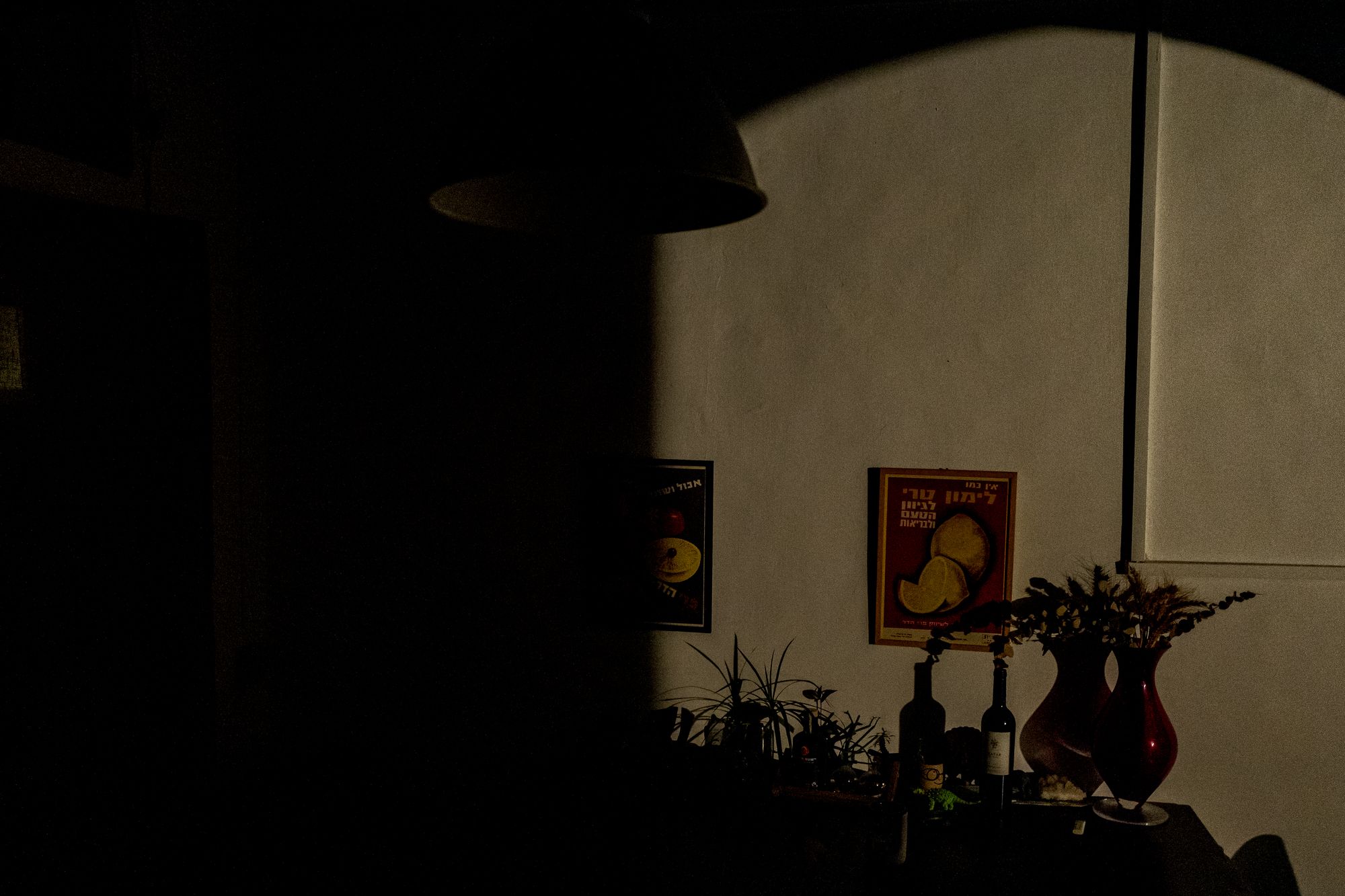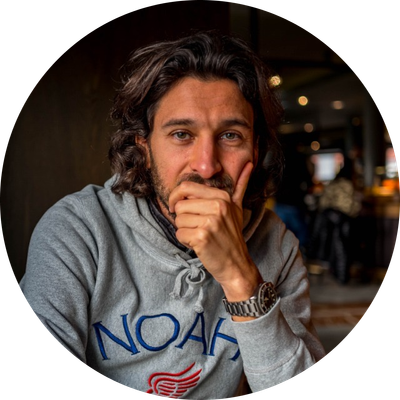More Suffering, More Peace

New year, same ‘ole (new) newsletter. This is Leeway, a creative space I made on the internet because creative permission is power. And I am Michael, also a space, the space filler of Leeway, but a space I did not make, but now co-create? Moving on…
I am here to offer you the second half of my essay Suffering in Peace: 1 Mind, 10 Days, and 100 Hours of Vipassana Meditation.
As I wrote about on the last Leeway:
“My essay – broken up into two parts – is a tour of meditation and a ten-day Vipassana (vih-posh-uh-nuh) retreat, in hopes that it will help demystify what one gets themselves into, why one feels “ready” to go on retreat, the psychological profundity of this particular technique, and how the general practice of meditation is not just another tool on the tool belt, but is in fact the belt itself, underpinning all of conscious experience moment to moment, day to day, and all that makes up a life. The big idea is: your life is happening — where are you deploying your attention, what influences it, and how is that connected to the marked improvement of well-being?”
I deliberately bit off more than I could chew. Chew what's in your mouth and then take another bite, Michael. That’s another way of saying this essay was a “deep dive” on a topic of primary value to me and, maybe, for you too? I wrote it with you all in mind. It’s heady, it's hearty, and I'd love for it to be a two-way conversation — write if you feel called.
Here’s a taste of part two:
Suffering, a bad word. Trembles the heart to see another in its throes, at times too intense to bear ourselves. And we lie in wait because it’s always here, the trapdoor to a haunted cellar. Suffering is at the heart of the human experience and, not coincidentally, of Vipassana too — an effort to break down what gives rise to this “universal truth”. A little less suffering in our world might mean a lot more peace.
It’s also a big word, used colloquially to describe the wake of big events. But in Vipassana, suffering is a broader characterization for any non-contented state of mind, states particularly devoid of “equanimity”.
There are moments – fleeting as they are – maybe a summer afternoon, nowhere to be, nothing to do. You’re on a beach, a light wind cools the sun’s heat in a way that makes your skin smile. That boat in the distance sails and so, too, your spirit. Elsewhere are emails, dependents, obligations. But this day will end and tomorrow you have what is sure to be a stressful one, the world is full of problems, and life is a strange, temporary, beautiful disaster. You meet this whole circumstance with acceptance, no strings attached, and are patently at ease. This is equanimity.
But, how often do we feel this way and not tossed around by it all? 30% of the time, if one is lucky? Vipassana suggests the remaining 70% is a product of two primary psychological responses that produce feelings of suffering: craving and aversion.
When we don’t have something we want, we crave it, and when we have something we don’t want, we’re averse to it. When either is true, the mind and body naturally speak up, shout, squirm, and can make one want to put the ‘rum’ in tantrum. That craving and aversion can be indulged is merely a palliative. And we know this, but our innate wisdom gets overwhelmed by the forces of suffering in action: longing, frustration, desire, annoyance, impatience, anger, worry, and sometimes, a total freggin’ meltdown.
Responses like these have long been habituated — when we lose our keys, grieve the death of a loved one, see someone’s “life” on social media, reflect on a childhood memory, or wish the weekend wouldn’t end. With these examples alone, we can see the “gradient” of suffering on a spectrum, from a brief loss of control or trivial sense of lack in ordinary moments, to our private world burning during the most harrowing realities of human life. Suffering defies to be defined as one thing and crucially, has an amplifying ally in our capacity to think things dead.
And so we must learn to suffer well.

Leeway Readers
What have you carved away? Write me@michaelsaltzman.com.
“I’ve done a lot of carving away of the ego & experienced a lot of freedom from it. Staying present recently with carving away armor around the heart. An ongoing journey :)”
“I'm carving away my insecurities related to others judging me for being "deep" or "trying too hard to sound smart" or "annoying" or "a know it all"...etc. I've definitely projected these sentiments on others in the past. Part of this carving includes embracing others who are also finding their way, and seeking the beauty in those people. The other part of the carving is remembering that the people who are likely judging me are the wrong people to compare myself to. I have a very different perspective and seek to live a very different life. If I wanted to have that person's life, then I should model my life after theirs. This line of thinking really helps me feel lighter, as if I've actually carved away pieces of my body that have held me back.”
Browse the online archives.
Leeway?
A letter from Michael Saltzman.
Explained here.
If you enjoy this, please consider forwarding to a friend.
